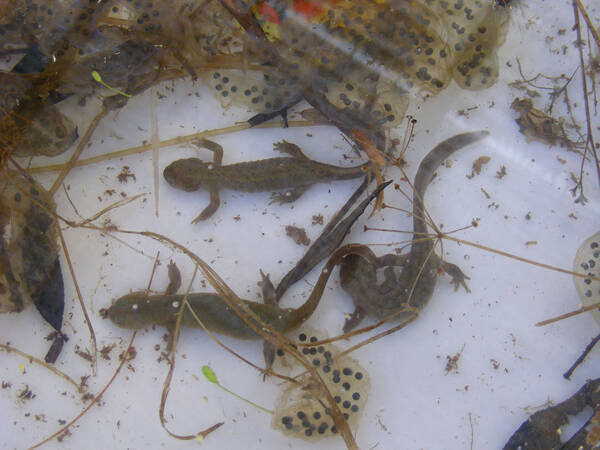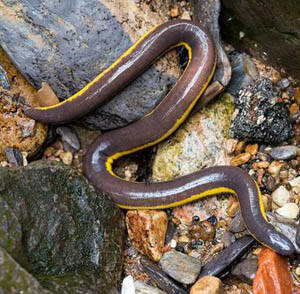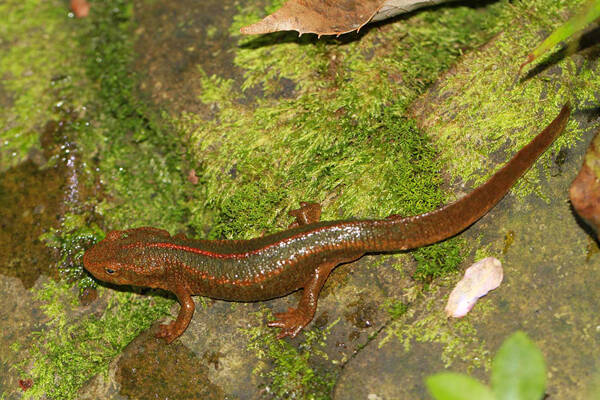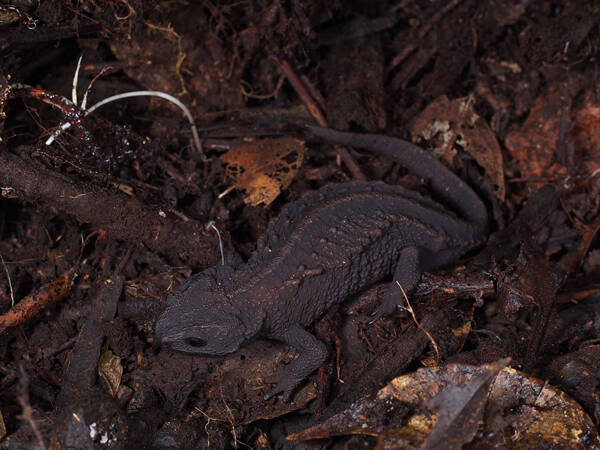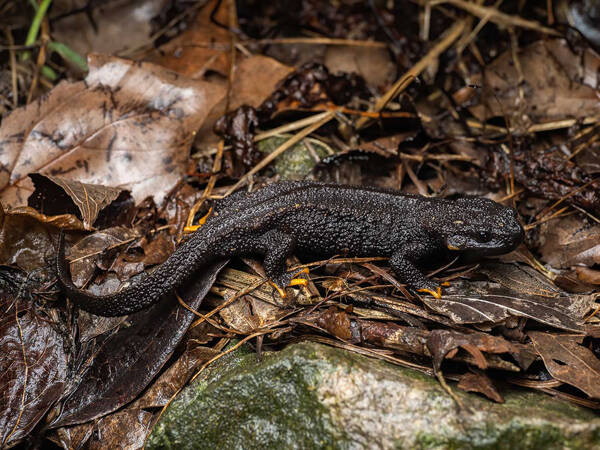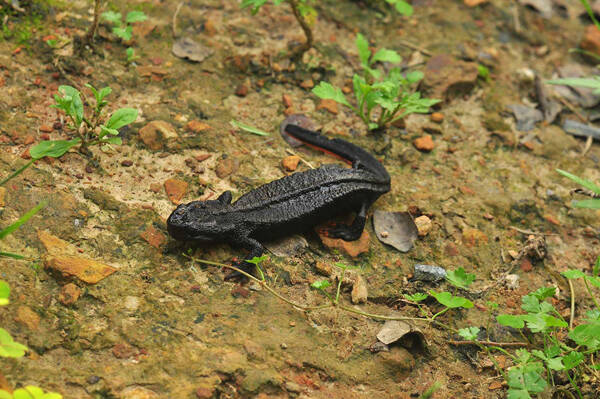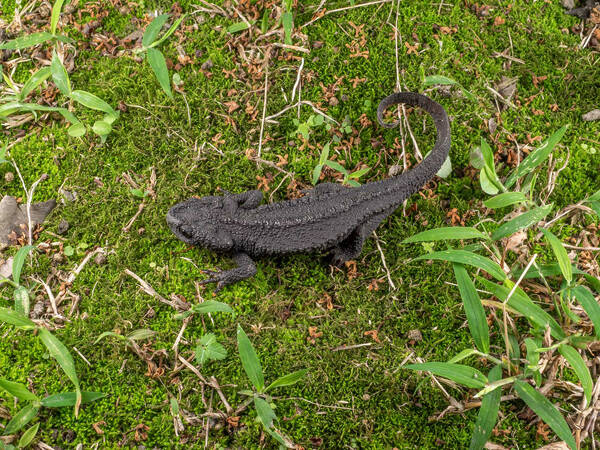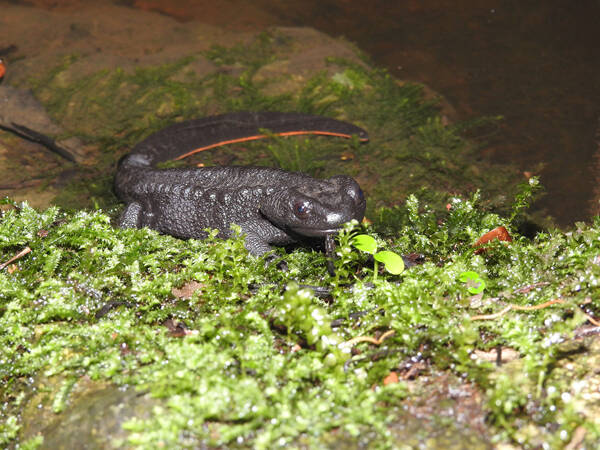Salamandrella keyserlingii
IUCN
LCBasic Information
Scientific classification
- name:Salamandrella keyserlingii
- Scientific Name:Salamandrella keyserlingii,Water snake
- Outline:Urodela
- Family:Caudata Hynomatidae Hynomatidae
Vital signs
- length:115-123mm
- Weight:
- lifetime:
Feature
The head is flat, the eyes are big, the tongue is big, the tail is flat and short, the skin is smooth and blue-brown, there are black vertical stripes on the head and the midline of the back, and the belly is light gray.
Distribution and Habitat
In China, it is distributed in Heilongjiang (Mohe, Harbin, Bei'an, etc.), Jilin (Antu, Dunhua, Wangqing, etc.), Liaoning (Kangping, Changtu), Inner Mongolia (Manchuria, Ergun), Henan (Shangcheng). Abroad, it is distributed in Russia, Mongolia, North Korea, and Japan (Hokkaido).
It lives in hilly mountains with an altitude of 200-1800m.
Appearance
The head is flat and oval; the snout is round and high, without lip folds; there is no premaxilla, with a long frontal brim, and the vomerine tooth row is V-shaped. The trunk is slightly flat on the back and abdomen; the tail is flat and short; the tail is pointed at the end. The back of the head and body is mostly brown-black or brown-yellow, with three dark longitudinal stripes on the back, a dark longitudinal ridge in the middle of the back, and some individuals have dark spots; the ventral surface is light gray.
Details
The Arctic salamander, also known as the water snake, can be called a "living fossil". It is an ancient rare animal with an evolutionary history of 230 million years. In April 2022, photography enthusiasts from Dongfanghong Forestry Bureau Co., Ltd. found two relatively rare Arctic salamanders in a small stream by the roadside while collecting folk songs at Donglin Management Office.
The habitat is humid, mostly under the grass or in caves in swamps. Go out to forage at dusk or after rain, and mostly prey on small harmful insects and small animals, mainly insects, earthworms, mollusks, loaches, etc. Hiding in the depths of caves during the hot afternoon of July; hibernation begins in October and comes out of hibernation in April. It breeds from early April to May, lays a pair of egg bags, and sticks to dead branches in the water. After laying eggs, it returns to land to live.
Its natural enemies are mainly tadpoles of other frogs, whose development period overlaps with that of the Arctic salamander, but frog tadpoles develop quickly, are large in size, and have strong swallowing power, and often feed on the juvenile Arctic salamander.
It is listed in the second level of the "List of National Key Protected Wildlife in China".
